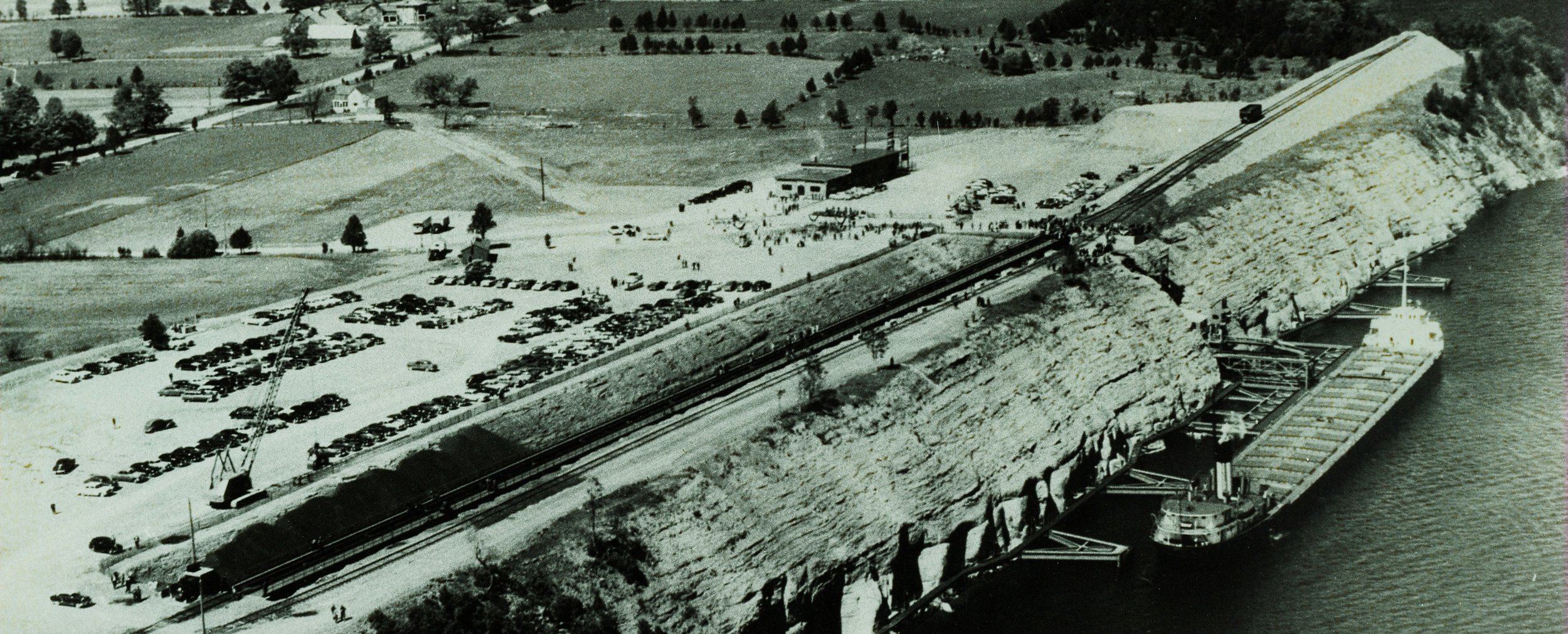The Marmora Brickyard - 1880
/Marmora's first commercial brickyard (now known as Nayler's Common) was made prosperous by brick-maker John W. Nayler in the early 1880's and 90's.
The clay in the pond area was baked in kilns on this property.The kilns were built by hand and fired by wood continually for at least a week using 40 to 60 cords of soft wood at a firing.About 75,000 bricks would be baked in the kilns at least three times a year.
Many of the red brick homes and business establishments were built with bricks from Nayler's brickyard.Charles Bleecker's residence on Madoc Street (1887),Dr. Parkin's house on Forsyth Street (1888),A.W. Carscallen's thirty room residence on Forsyth (1901),Gladney and McDonnell's Store (1909) and Pringle's Corner Building (1914).
Bleecker House, Madoc & Victoria
The Carscallen House, 55 Forsyth St., Marmora
By 1911,the clay in the pond area ran out and the brickyard remained abandoned for years.The Village of Marmora purchased 22 acres of the property surrounding the brickyard with the intention that it would be developed for public use.On August 16, 1994, Nayler's Common,Wetland and Trails were officially opened to the public.
Nayler's Common Grand opening, Bridget Stevens, Guy Follen, Joe Hulsmans, Clarence Logan (sign maker)







































